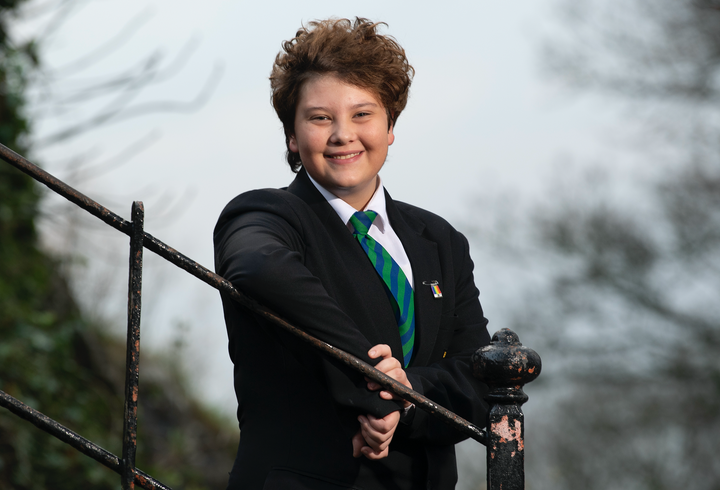
“Mummy, why do I think like a boy, but look like a girl?” Even at three years old, Joe Shatford knew that he was not comfortable living as a female.
He wanted to wear trousers rather than dresses; he liked the colour blue, not pink; he preferred Ben 10 pyjamas to flowery designs. In the playground, he couldn’t really connect with the girls and gravitated instead to the boys.
“I felt different and was trying to figure it out. It definitely felt like something had got mixed up,” Joe said. “I told my mum in the best way I could that, in my head, I was a boy.”
Over the past decade, that feeling has only solidified in Joe’s mind. Now 14 years old, he has been living as a boy since the age of around seven. After consulting with doctors and counsellors, he is taking hormone blockers to suppress the onset of female puberty. When he is older, he plans to undergo gender reassignment surgery.
It’s a controversial decision, particularly for someone so young. Some critics argue that children and adolescents are too immature to make decisions concerning their gender identity. Studies show gender dysphoria does not always continue into adulthood, and in many cases disappears before or early in puberty. However, many trans rights activists and their allies believe young people’s decisions concerning gender identity should be supported fully by family, friends, and health care providers – particularly given the significant emotional and psychological distress that gender dysphoria can cause.
The World Professional Association for Transgender Health recommends that mental health professionals help families have “an accepting and nurturing response” to gender dysphoric children, and notes that: “Refusing timely medical interventions for adolescents might prolong gender dysphoria and contribute to an appearance that could provoke abuse and stigmatisation.”
Amid this contentious debate, which has played out prominently in the national media, Joe and his mother spoke to HuffPost UK because Joe felt it was important to share his story publicly – along with some photographs from the family album – and let other young people who feel similarly know that they are not alone.
“I just knew in my head that I was a boy,” said Joe, who lives in Clitheroe, Lancashire. “I have known all my life.”
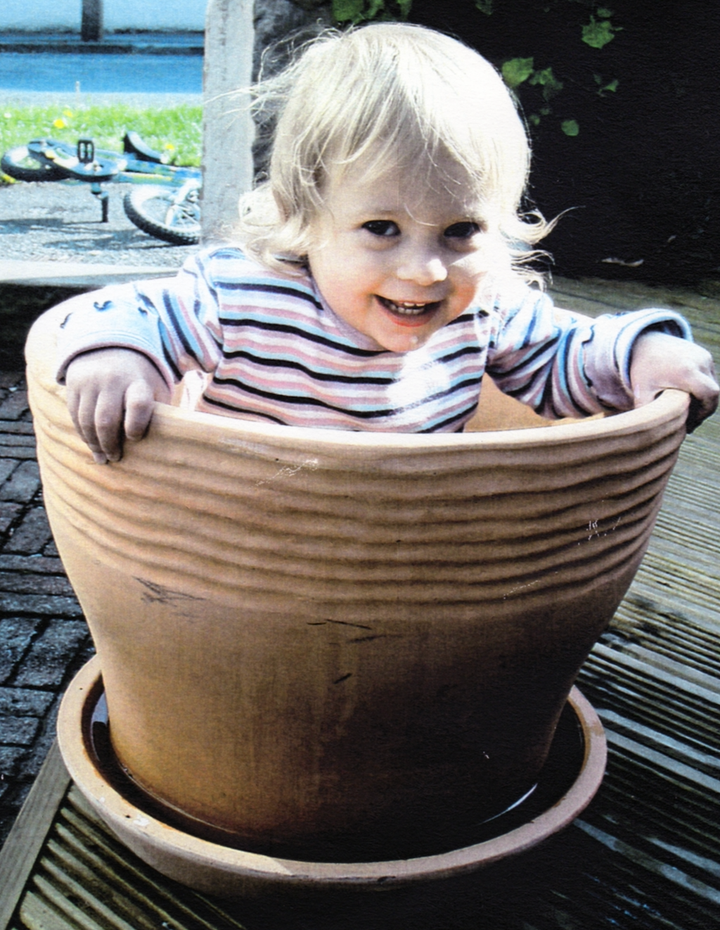
Joe’s mother Ava Greenall, 46, said she felt like she’d been “shot with a tranquilliser” when Joe initially confided his feelings to her. “It totally threw me,” she said. But she told Joe that whatever he was feeling was OK, and she would support him regardless.
Medics say it’s normal for children to refuse to wear typical boys’ or girls’ clothes or participate in typical boys’ or girls’ games. “In most cases, this type of behaviour is just part of growing up and will pass in time,” the NHS states.
Greenall told us: “I didn’t want to influence his gender identity and decided to just wait and see. I knew whatever he felt had to come from him.”
For Joe, his feelings weren’t just a phase. Instead, they intensified as he got older.
“As soon as the hair came off, I felt great and couldn’t stop smiling, Cutting it off felt uplifting and liberating.”
- Joe Shatford
Wearing a skirt as part of his school uniform made him uncomfortable, and he would constantly fuss with it. “As soon as I would get home, I’d change into trousers and breathe a sigh of relief,” he said.
As a young child, Joe had long hair, which fell down his back in long plaits. But when he was five, he took the scissors from the kitchen in his house and cut his hair off in large chunks.
“As soon as the hair came off, I felt great and couldn’t stop smiling,” Joe said. “It was huge. I hated my long hair, as it represented being female. Cutting it off felt uplifting and liberating.
“Once it had gone, I looked in the mirror and thought: ‘I am definitely a boy.’ My outside appearance was finally reflecting what I felt like on the inside.”

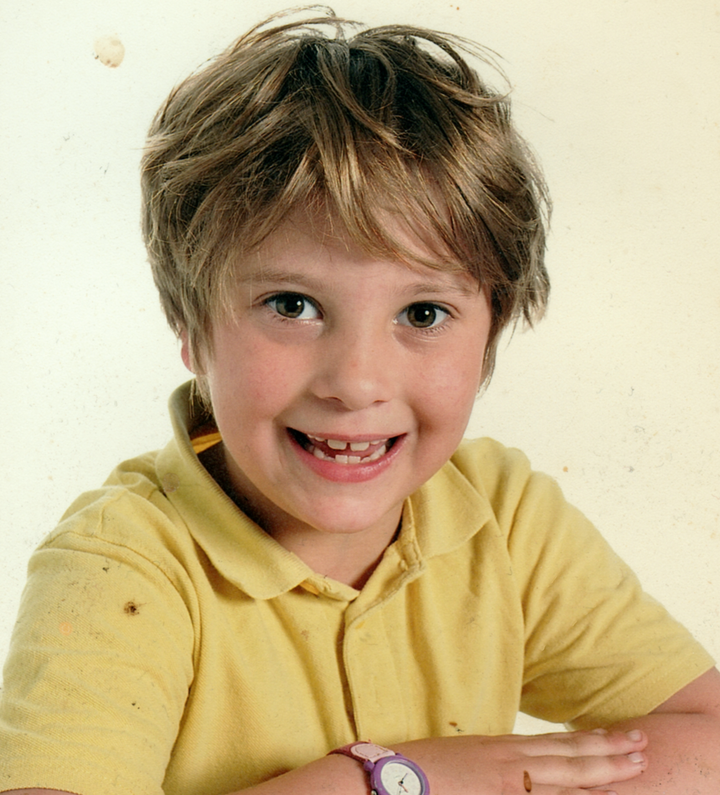
Soon, Joe began telling his friends that he wanted to be called Joe – an adaptation of his middle name, Jo. He also wanted to be referred to by the pronouns “he” and “his”.
“In his mind, we had been playing at it, and he wanted to be taken seriously,” said Joe’s mother. “He wanted the correct pronouns.”
Greenall took Joe to their GP when he was six and he was referred to the Tavistock and Portman NHS Foundation Trust, which runs the Gender Identity Development Service (GIDS). There, mental health professionals work with children to explore and understand their past and current gender identification, and provide counselling and support services to them and their families.
In the past year, 2,590 young people were referred to GIDS – a huge increase compared with a decade ago. In 2009/10, the service received just 77 referrals.
Joe attended the service in Leeds and was given a diagnosis of gender dysphoria. He is one of the youngest patients the service has seen.
Dr Polly Carmichael, director of GIDS, said there is no single explanation for the rise in referrals over the past decade.
But she noted that, in recent years, there has been significant progress towards “the acceptance and recognition of transgender and gender diverse people in our society”.
“There is also greater knowledge about specialist gender clinics and the pathways into them and an increased awareness of the possibilities around physical treatments for young adolescents,” she told HuffPost UK.
Mermaids, a national charity and advocacy group that works to raise awareness about gender nonconformity in children and young people, has similarly seen a huge rise in demand for support.
According to the organisation, just 500 people contacted its helpline service in 2014. This year, that figure has risen to just under 10,000.
Joe attended a Catholic primary school, and after conversations with the school and support from local LGBT support group Lancashire LGBT, it was agreed that Joe would be called by his chosen name.
Teachers explained to other pupils what was happening, but being different can often make people the target of bullies.
“Some of the boys thought I was weird and started name calling,” Joe said.
On a couple of occasions, he was physically attacked. However, things calmed down.
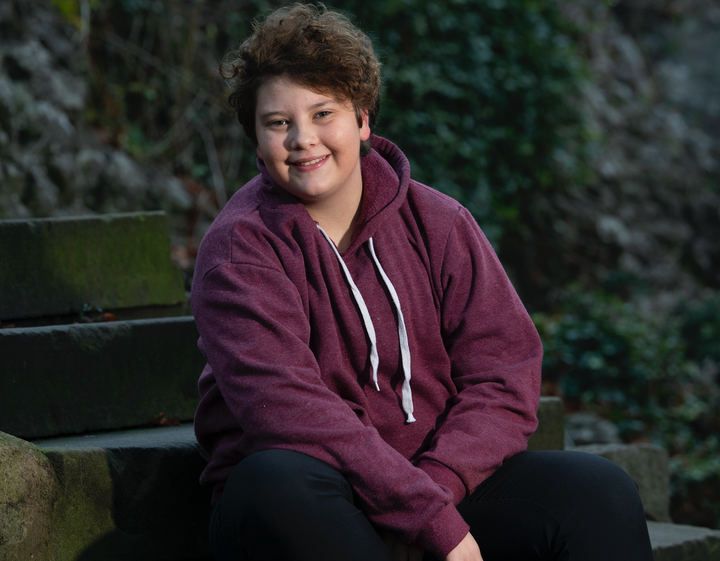
High school presented a chance for a fresh start. “The first couple of months at high school were fine, and everyone called me Joe and things were good,” Joe said. But then word got out that Joe was trans, and the news “spread like wildfire,” he said.
A fresh round of bullying ensued – students would jeer at him, or take items out of his school bag and hurl them to the ground. On the bus one day, a group of older boys cornered him and shouted insults. “After that, I didn’t want to go on the bus,” Joe said. The school intervened, however, and life settled down for Joe, who is now in Year 10.
“Things at high school are pretty great now. It is not the talk of the school,” Joe said. “I still get the odd rare comment, but I don’t let it bother me. I have got a really good group of friends, and they are very supportive.”
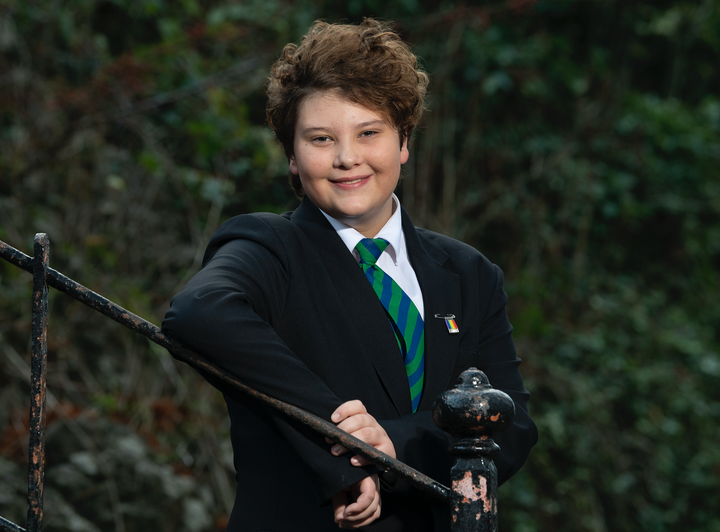
Joe has transitioned socially since the age of seven. Now he wants to transition physically through the medical route, and is receiving counselling throughout the process. He has been taking hormone blockers since he was 11 years old, but because he was an early developer, he wears a binder over his chest.
The next stage of the physical transition process will be for Joe to start taking the male hormone testosterone. This will cause changes – some though not all of them irreversible – to the body, such as causing his voice to break.
According to NHS guidelines, cross sex hormones can be accessed by young people who are over 16 and have been on hormone blockers for at least one year.
Taking testosterone could also affect his fertility, so Joe must also decide whether to have his eggs harvested and frozen, in case he wants a biological child at some point.
His mother wants him to consider his options. But Joe is minded not to go ahead with the procedure. “If I have children in the future, I want to adopt,” he said.
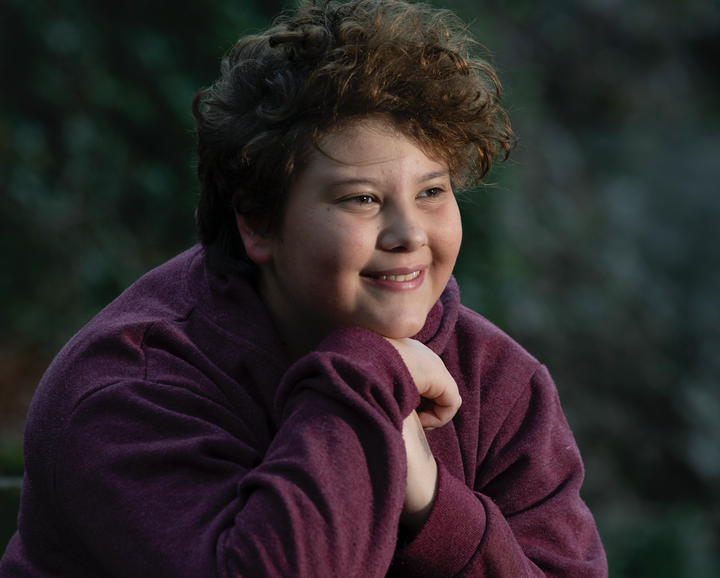
Dr Carmichael from GIDS acknowledged there are strongly held views among patients and families, including those who want physical treatment to be offered earlier – and those who feel physical treatment should not be offered to young people at all.
“We are committed to ensuring we work to recognise and meet the various needs of all the young people we see in this complex and contentious field,” she told HuffPost UK.
“I’m not going to be happy and content with life until my outside reflects my inside. This is not just a whim. This is who I am.”
- Joe
Joe cannot have surgery to reduce his chest or construct male organs until he is officially an adult and able to consent to his own medical treatment.
However, Joe is already adamant he wants to go ahead with it. “I know I’m not going to be happy and content with life until my outside reflects my inside,” he said. “I know what the surgery entails, and I’m totally happy to go ahead with it when the time comes. Scars on my chest are a small price to pay for becoming my true self.
“For the bottom surgery, they take flesh from your arm or leg and construct it to make your male parts. The surgery is done in three stages and involves skin grafts, and for a while, I will be in a wheelchair. I am willing to do all that, even though it is a huge thing.
“This is not just a whim. This is who I am.”
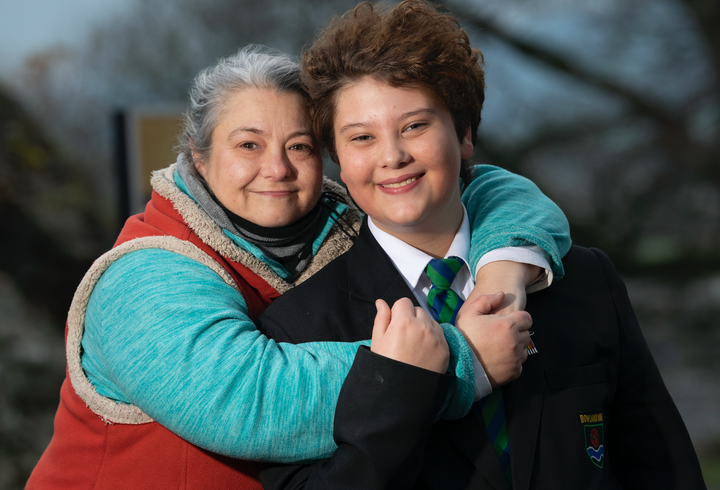
“All I want is a happy, healthy and alive child."”
- Ava Greenall, Joe's mother
As a parent, one of the questions Joe’s mother is asked by the gender identity service is what her reaction would be if Joe suddenly said, “Actually, I identify with being a female.”
“If that was the case, it wouldn’t be an issue at all,” she said. “With the high number of attempted suicides and self harming among trans young people, all I want is a happy, healthy and alive child.”
She added: “I will always support Joe in whatever he decides – even if that changes in the future. I just want him to be physically and mentally healthy and to know I’ve done the best job I can to give him a happy childhood.”
Joe’s advice to young people who think they may be trans is: “Be who you are and be comfortable in your being.
“I hope young people in my situation get the same support I had. They should get lots of counselling and psychotherapy, so they can find out for themselves who they are.
“The fact that I’m trans doesn’t come up often and isn’t an issue. I’m just Joe, and that’s how most people treat me.”
Useful websites and helplines:
The Gender Trust supports anyone affected by gender identity | 01527 894 838
Mermaids offers information, support, friendship and shared experiences for young people with gender identity issues | Call their helpline free: 0808 801 0400 (Mon-Fri: 9am - 9pm)
LGBT Youth Scotland is the largest youth and community-based organisation for LGBT people in Scotland. Text 07786 202 370
Gires provides information for trans people, their families and professionals who care for them | 01372 801554
Depend provides support, advice and information for anyone who knows, or is related to, a trans person in the UK